|
Fescue grass is a cool-season grass that grows the best during cooler months when temperatures are between 60-75 degrees. Fescue isn’t the most ideal grass for our area, but it is still an option that can be planted. There are a few options on how to begin growing your yard full of Fescue. In this blog post, we are going to break down the options of seeding, hydroseeding, and sodding. Seeding The best time to seed Fescue is mid-September to early October. The soil temperature should be between 50 to 65 degrees (this occurs when the air temperature is between 60-75 degrees). After the soil is tilled to be loose, and the seeds are planted the area should be covered with straw and watered. If the conditions are right, the seeds should germinate in 10 to 14 days. Hydroseeding This option is not necessary. Fescue grass is different than other varieties that can benefit from hydroseeding. Hydroseeding Fescue is possible, but not necessary. It does not increase your chance for growth so we don’t even consider it to be an option for Fescue grass. Sodding
The best time to lay Fescue sod is mid-September to early October. It can also be laid from March to early April, but fall is usually the best option. . It is very important that before laying sod, your soil is debris-free, soil clods are broken up, and the soil is healthy and moist. After the sod has been laid and rolled with a sod roller to eliminate any air pockets and ensure sod-to-soil contact, the grass needs to be thoroughly watered. The grass needs to be well-watered daily until the sod has taken root. Usually the sod will take root within 10 to 14 days. You can find out if your sod has taken root by giving it a slight tug. If you feel resistance, your sod has rooted! Before you plant Fescue, be aware that this grass is not the most ideal grass for the South Carolina upstate. It is a difficult grass to have in our area because it is a cold weather grass. During the warmer season, Fescue requires a lot of watering and doesn’t perform well during a drought. If not watered properly and if summer temperatures get too high, the Fescue could become dormant and you could have a brown yard in the summer while everyone else has beautiful green lawns. This type of grass is also more prone to weeds. With Fescue, it is also very important to aerate every fall and reseed areas that have died over the summer season. While Fescue is found in SC, typically, the best grasses to grow are warmer weather varieties. ALL Outdoors offers both Fescue seed and sod. If you have any questions or concerns about your lawn, drop us a comment or send us a message! We will be happy to answer any of your questions. By: Hannah Raines Copyright Turf Boss 2021
1 Comment
Bermuda grass is a great option for your yard, but how you begin growing it can have an effect on how efficiently it grows. There are a few options on how to begin growing your yard full of Bermuda. In this blog post, we are going to break down the options of seeding, hydroseeding, and sodding. Seeding Seeding Bermuda grass is very tricky and requires very specific conditions; and is the worst decision you could make in the Upstate of South Carolina. Our company has spoke with many clients over the years that spend more money on seeding to try and get Bermuda to grow then if they would have put down sod. Bermuda grass seed should be planted late spring into early summer. The soil temperature should be above 65 degrees (usually reached when air temperatures are 80 degrees or higher), however soil temperature should be less than 100. While germinating, the soil should always be kept moist. If all of the conditions are right, the seeds will germinate in 7 to 10 days and will grow grass in 60 to 90 days. However, if the conditions aren’t ideal, your grass may take longer, or may not come up at all. With the unpredictability of South Carolina weather, it can be difficult to keep these perfect conditions. The bottom line, seeding Bermuda is both time consuming and can become very expensive if the first seeds you plant don’t grow and you have to keep repeating the process. There are easier and more effective ways! (Pros: lowest price (if it works the first time)) (Cons: slowest option, seeds may not yield grass, conditions have to be almost perfect.) Hydroseeding Hydroseeding is when a mixture of seed, fertilizer, water, and mulch are mixed together and sprayed on the ground. The mixture is sprayed quickly and evenly over the ground. Due to the seeds already being mixed with water and nutrients, the process of germination is sped up. With this method, grass should begin growing within 7 days of the application. You should have the beginning of a full lawn of grass within 3 to 4 weeks, but it is recommended that you stay off the grass for 2 to 3 months so that you don’t damage the root structure. This process requires a lot of watering during the first few weeks, watering 2 to 3 times per day, around 10 to 20 minutes each time. While this option may be more effective and faster than traditional seeding, it still may not be the best option if you don’t have the time to dedicate to making sure it is kept properly watered. (Pros: not terribly expensive, grass comes up quicker than traditional seeding.) (Cons: requires a lot of water, you must stay off the area for at least 2 months.) Sodding
While sod can really be planted at any time, the best time to lay sod is spring because the temperatures aren’t too warm and there is occasional rainfall. It is very important that before laying sod, your soil is debris-free, soil clods are broken up, and the soil is healthy and moist. After the sod has been laid and rolled with a sod roller to eliminate any air pockets and ensure soil-to-sod contact, the grass needs to be thoroughly watered. The grass needs to be well-watered daily until the sod has taken root. Usually the sod will take root within a timeframe of 2 to 3 weeks. You can find out if your sod has taken root by giving it a slight tug. If you feel resistance, your sod has rooted! With a quicker time frame and less attention needed than the methods of traditional seeding and hydroseeding, sodding is probably your go-to when it comes to growing the best Bermuda grass in your yard. (Pros: instant grass, able to plant anytime, only 2-3 weeks until it’s rooted.) (Cons: most expensive option.) If you have any questions or concerns about your lawn, drop us a comment or send us a message! We will be happy to answer any of your questions. By: Hannah Raines Copyright Turf Boss 2021 Many of our clients desire the healthiest and best looking lawn in the Upstate and we want to help you achieve your goals and dreams. We often get asked in spring "Why the neighbors lawn in greening up faster than their lawn?" Here a few different lawn care techniques that are used to help you have the greenest yard on the block. Scalping The term scalping is used by contractors to describe the technique of mowing your warm season grasses like bermuda and zoysia. Scalping should be done in early spring to remove dormant grass and promote new spring growth. This could bring your lawn height to 1/2 inch tall at the beginning of the spring season. If you were to try and scalp your lawn during the summer months while your grass is already fully green it could be very harmful to your lawn. The first reason that this is done is that when the dormant grass is removed from your lawn it allows a jump start for the new grass to come up uninhibited. The second reason this is good for your lawn is that it allows the sunlight to reach the soil and warm up the soil temperature so the grass will start to grow and turn green quickly. The last reason this is done is to help thwart diseases. When your lawn is scalped each year it helps to eliminate layers of thatch that hold in moisture. If thatch is not removed it can provide the perfect place for diseases to develop in your lawn. Whenever this is done all grass clipping should be bagged and not left on the lawn, as it will build up thatch which could allow diseases to develop in your lawn. It is also best to have very sharp blades on your mower when scalping your lawn. Mowing lawns at this height with dull blades could pull some grass by the roots causing the grass to thin. Burning The term burning is just as it sounds. Years ago home owners and some contractors would burn warm season grasses in order to get rid of the dormant grass. This was thought to release "fertilizer" back into the soil after the lawn was burnt. This is now known not to be true. This technique is not often used in today's time for a few reasons. The first reason is that it is dangerous and there is a risk that the fire could get out of control causing damage to near by structures. The second reason is it can be costly and hard to do because some cities require a burn permit and local fire departments to be notified. Instead of burning, scalping would end in the same result and is a much safety way of removing the dormant grass. Top Dressing
After your lawn is scalped and before the new growth starts is the perfect time to top dress your lawn. The term top dressing refers to putting down a sand and dirt mixture over your entire lawn. This will help level the low spots in your lawn providing a better more even cut each time your lawn is mowed. Have you ever mowed your lawn and a mower tire dipped into a low spot and dropped the blades down to put a big scalp spot in your lawn? Top dressing will help to eliminated these problems. This process can also be done in the summer months and can be accompanied by aerating before the mixture is put down. When the aerating is also done the plugs being pulled out will allowed the dirt mixture to get into the ground and loosen up the soil for the roots to spread and thrive. The aerating should not be done if you do this in the early spring because the grass is starting a transition period and coming out of dormancy. This is not the time to be putting small holes in the root system of your lawn. Once your lawn is completely green it is then safe to aerate. As always drop a comment below and let us know what you think. We would be happy to answer any of your questions. By: Ashley Haynes Copyright Turf Boss 2021 |
All the information you need to improve your lawn. Check back weekly to see our next blog or vlogs. We love to teach and post every Wednesday.
AuthorTurf Boss post educational articles, videos, newsletters, and vlogs to help you learn about how to best care for your turf, shrubs, and outdoor pest. Archives
February 2022
Categories |
|
Service Area:
We proudly service Greenville, Greer, Taylors, Mauldin, Simpsonville, Five Forks, and surrounding Upstate cities in South Carolina for lawn care and landscaping services. Call us today at 864.777.TURF to see why we are the premier lawn and landscape company of the Upstate. |
Contact Information:
864-777-TURF (8873)
info@turf-boss.com |

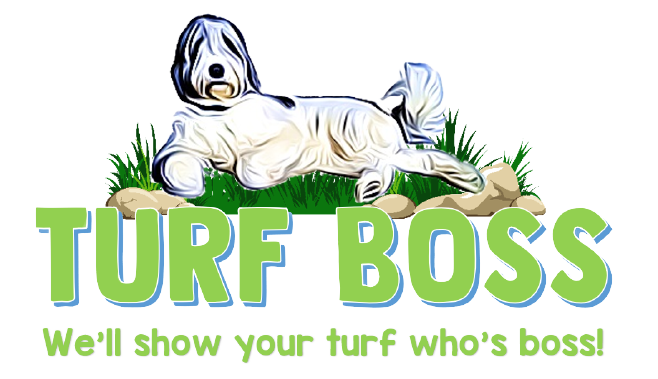

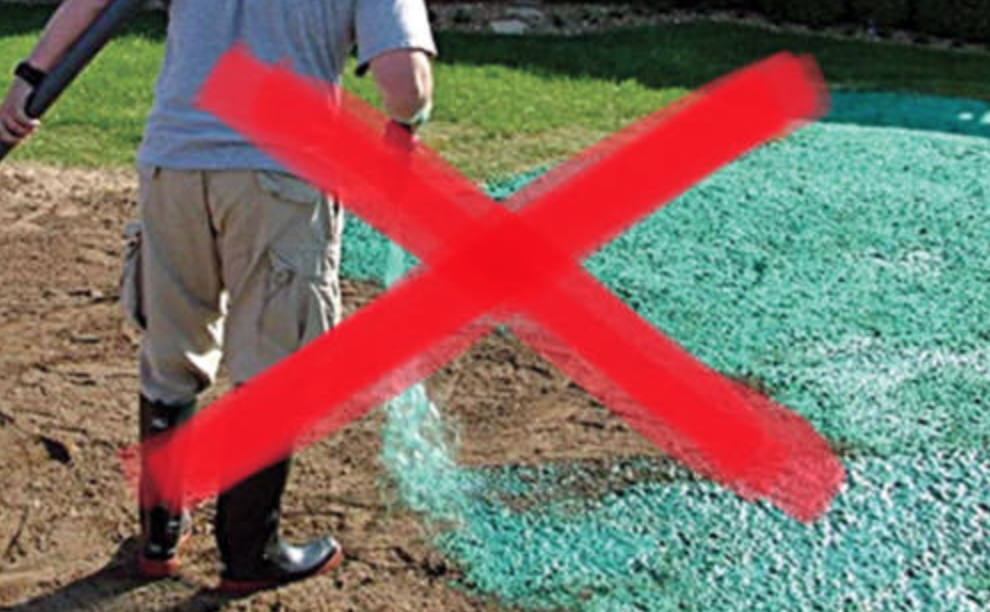
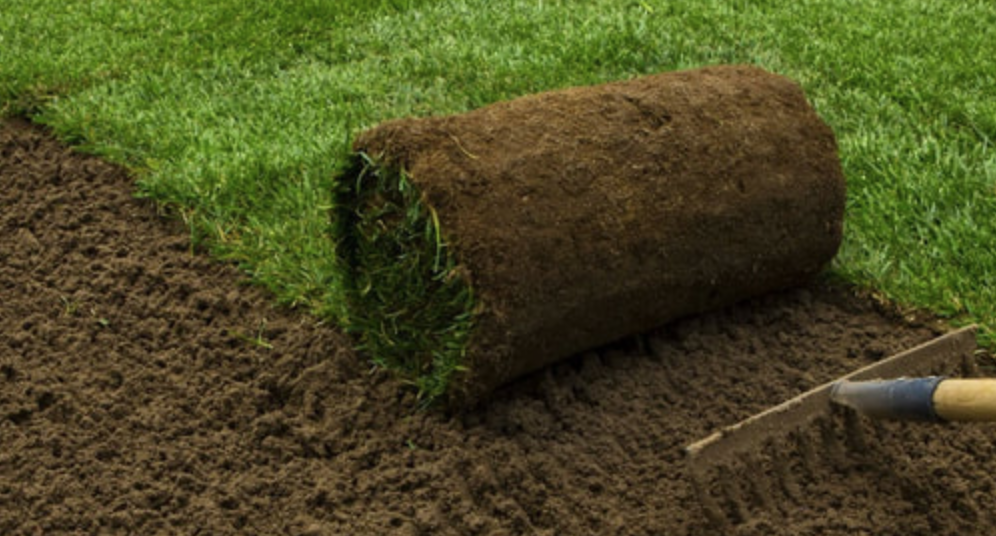
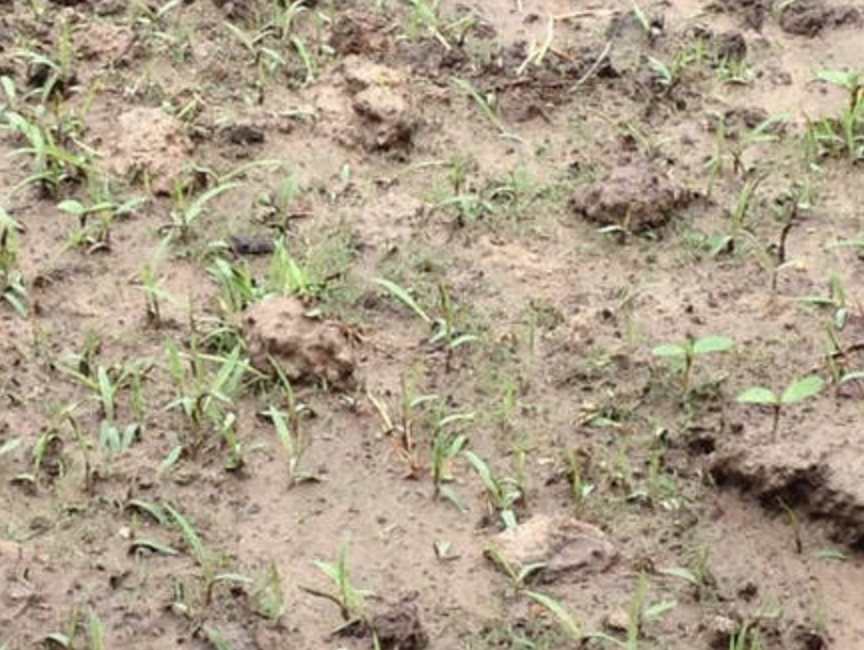


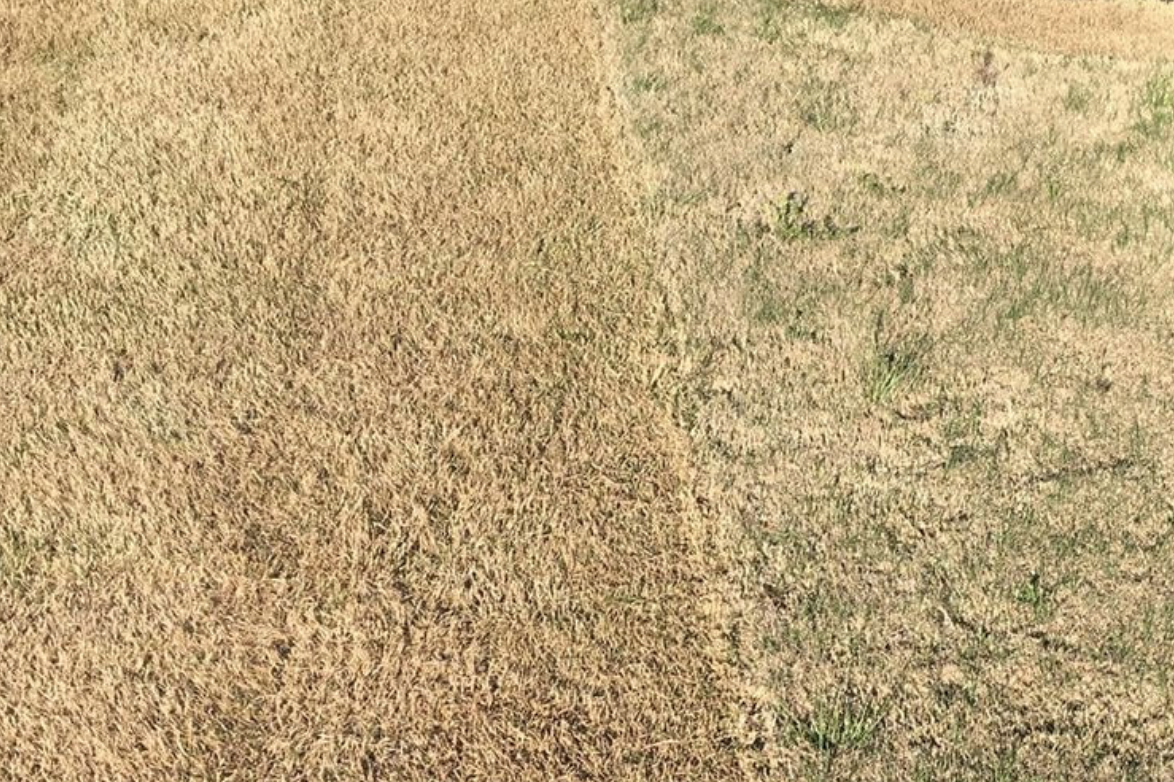
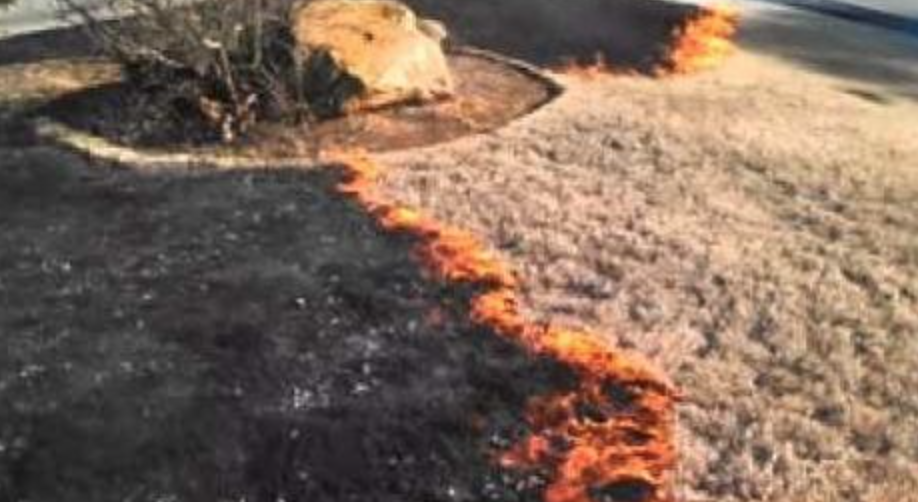

 RSS Feed
RSS Feed
